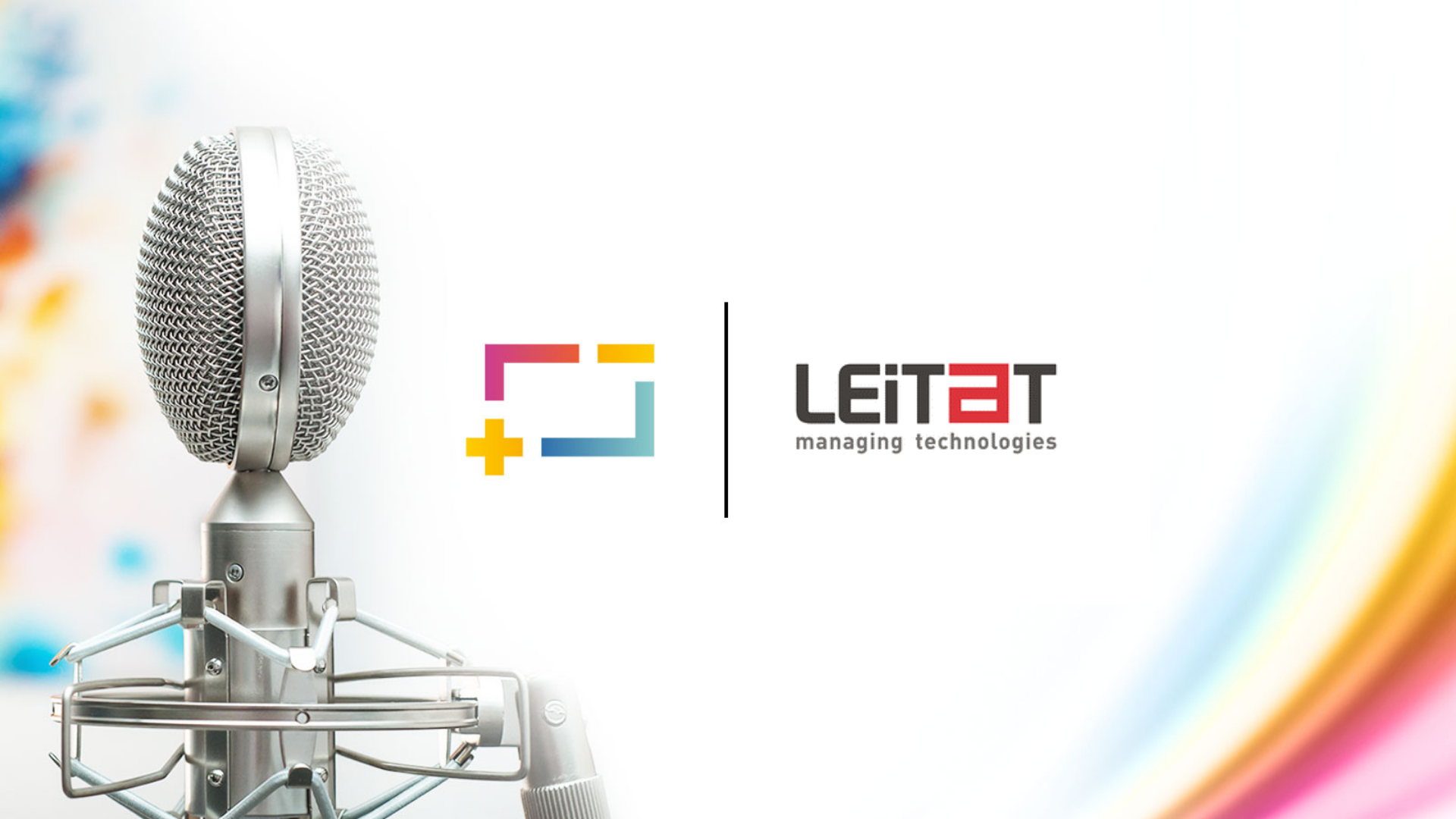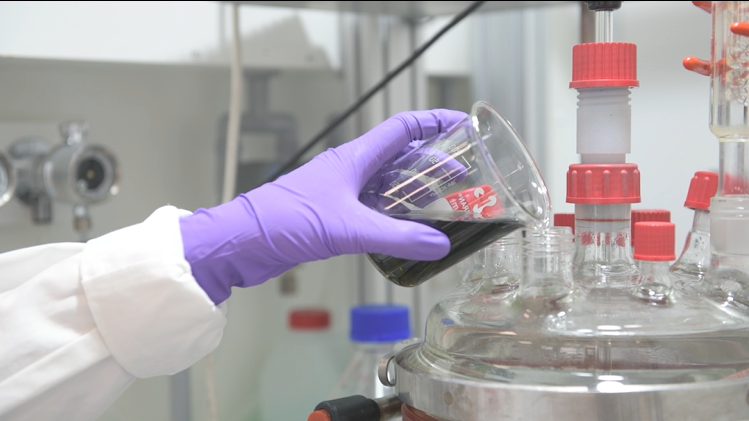Interview — 11 Mar 2022
Learn more about the work carried out for ASTRABAT by Dr Etienne Knipping and his team at LEITAT, focused on the electrochemical characterization of the materials and the final testing of the batteries to evaluate their performance and safety
Dr Etienne Knipping is the principal researcher of the Energy Storage department at LEITAT, where he has been working for 10 years and where he is managing the different research projects on batteries. His team also works on supercapacitors and electrochemical processes used in the industry, such as electrodeposition for jewellery fabrication or electropolishing.
LEITAT is working on different aspects of the ASTRABAT project; could you give us a snapshot?
In LEITAT we have 3 departments involved in ASTRABAT. The first, Material Chemistry, aims to develop a nanostructured ceramic to improve the characteristics of the battery solid electrolyte. The second, Health & Biomedicine, deals with sustainability assessments and the safety of material use. This focuses on reducing health risks when working with nanomaterials. The third department is Energy Storage area where I work as principal researcher.
What is exactly the role of your team?
We carry out the electrochemical characterization of the materials developed within LEITAT or by ASTRABAT partners. We run the tests to evaluate the performance and the safety of the final batteries at the end of the project. This is quite important, as it will validate the battery with the UN38.3 certification. Indeed, lithium battery transport requires this certification and is essential for the future commercialization of the battery.
This work is essential to solve one of the main issues of current solid-state batteries, namely the low power density. Could you give us more details?
Our research in ASTRABAT is focused on the development of the ceramic called “LLZO”, fabricated by electrospinning. This technique, which consists in forming nanofibers from a polymeric solution, is used to give a nanostructure to the LLZO. This enables a better ionic conductivity of the solid electrolyte fabricated with this material and then a better rate capability of the battery. A higher current can then be applied to charge the battery, increasing its power, reducing the time of charge, which is exactly one of the main issues of solid-state batteries.
Which aspects of your research work in ASTRABAT are the most innovative?
The nanostructured LLZO made by electrospinning definitely represents the novelty of LEITAT’s research in this project. LLZO is one of the best solutions for solid electrolyte, but little research has been done to modify its structure. Our work is therefore quite innovative and should hopefully result in a scientific publication.
Good luck with your research, then!
Thank you very much.



